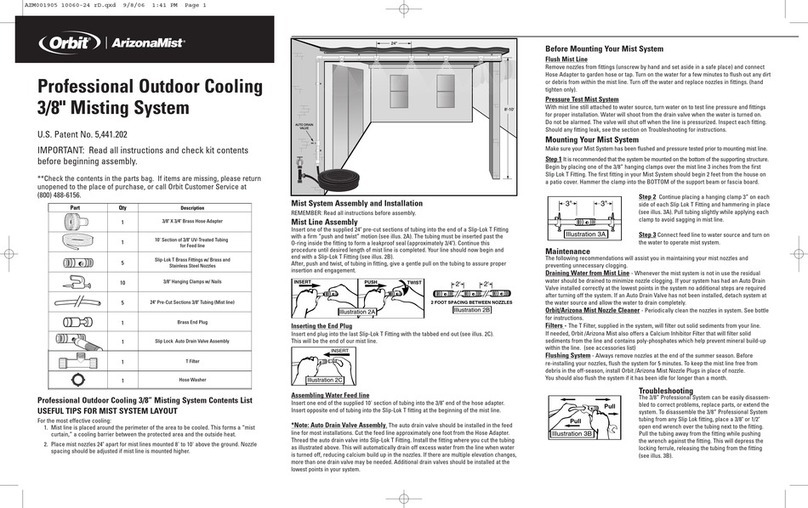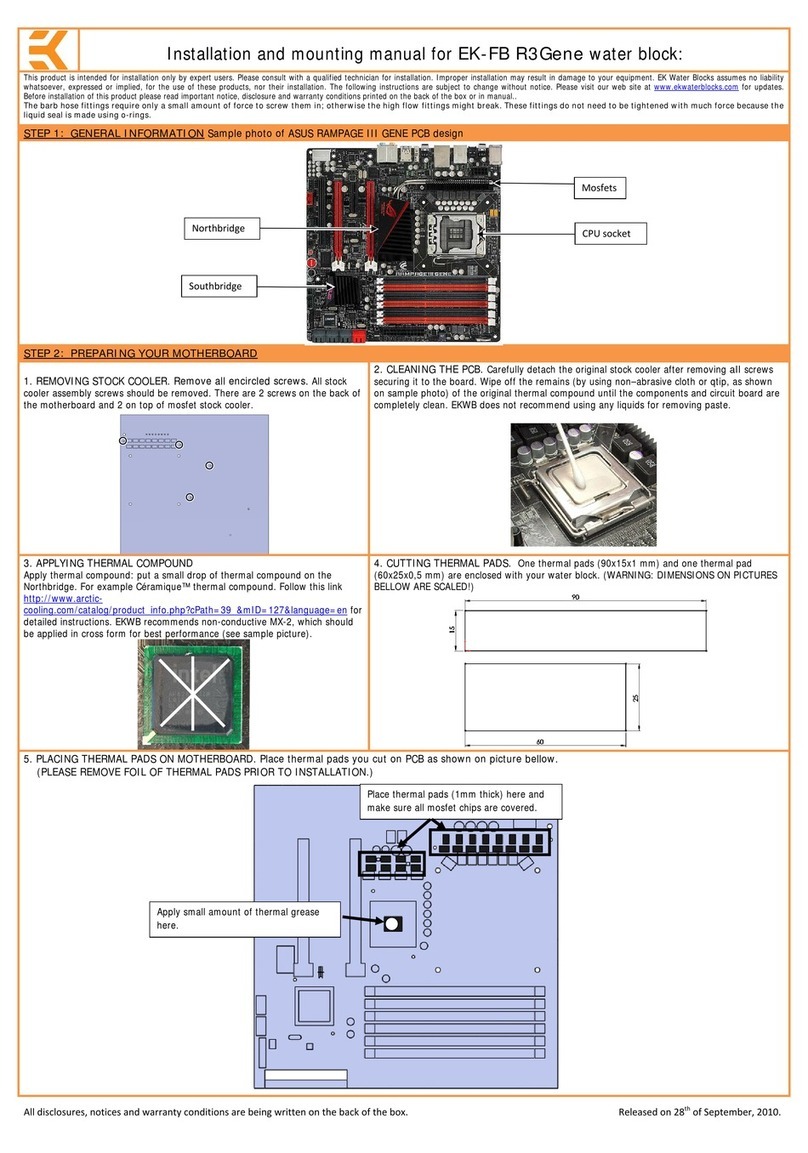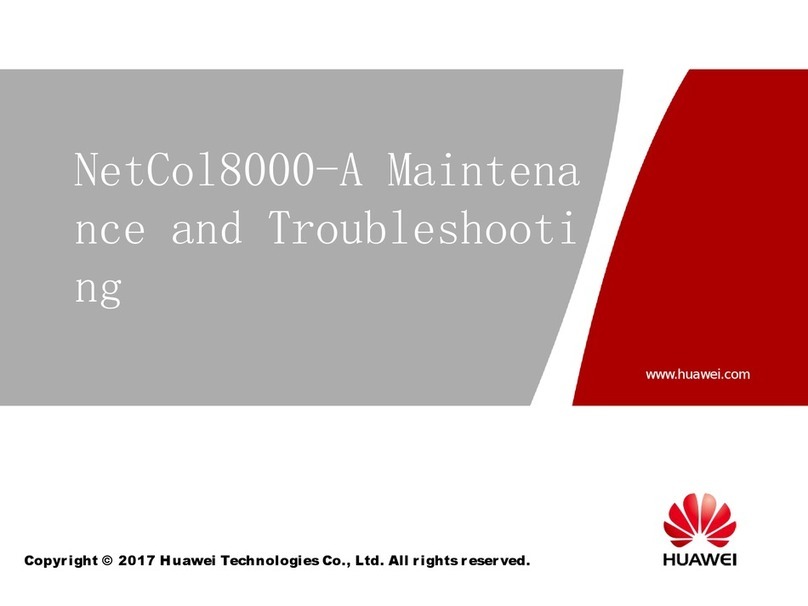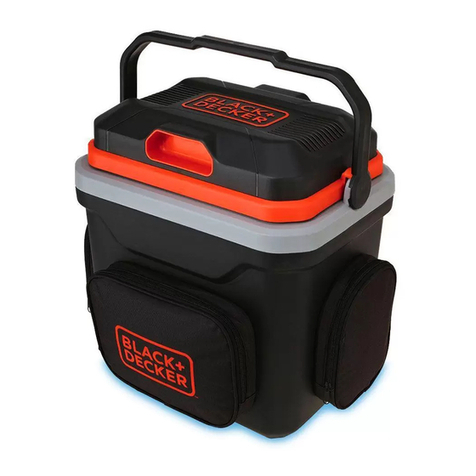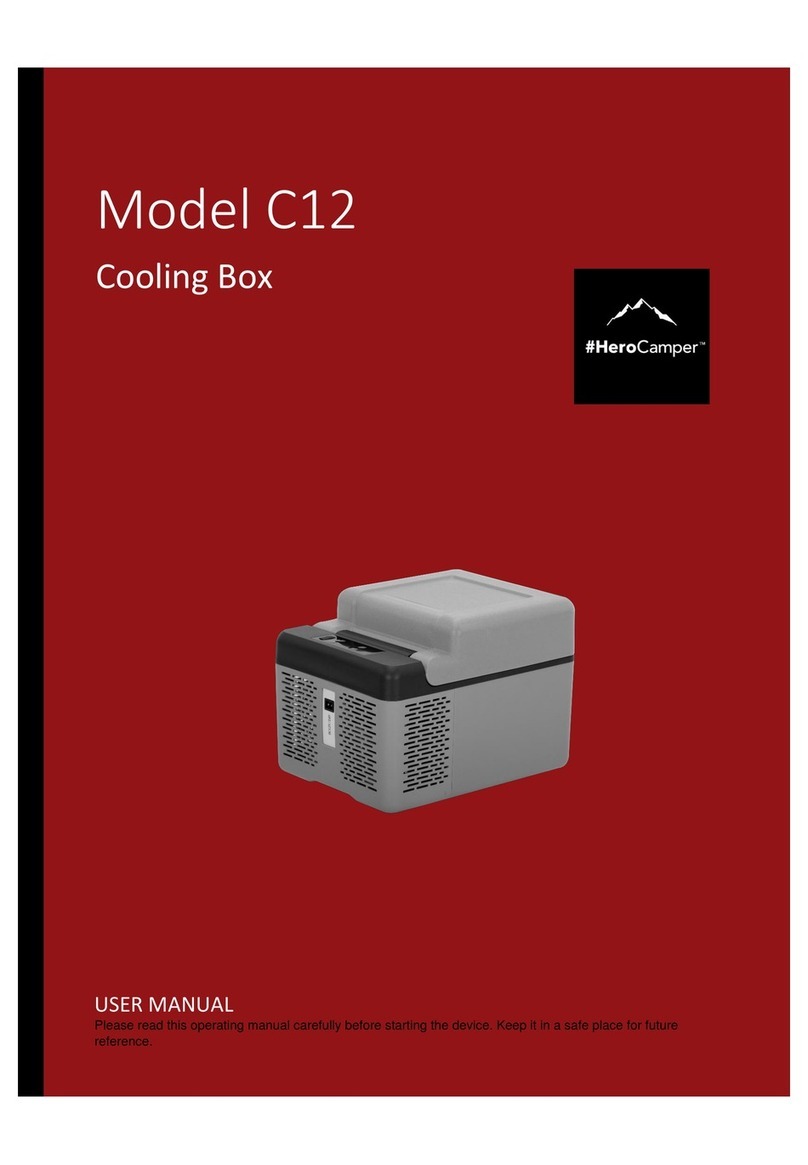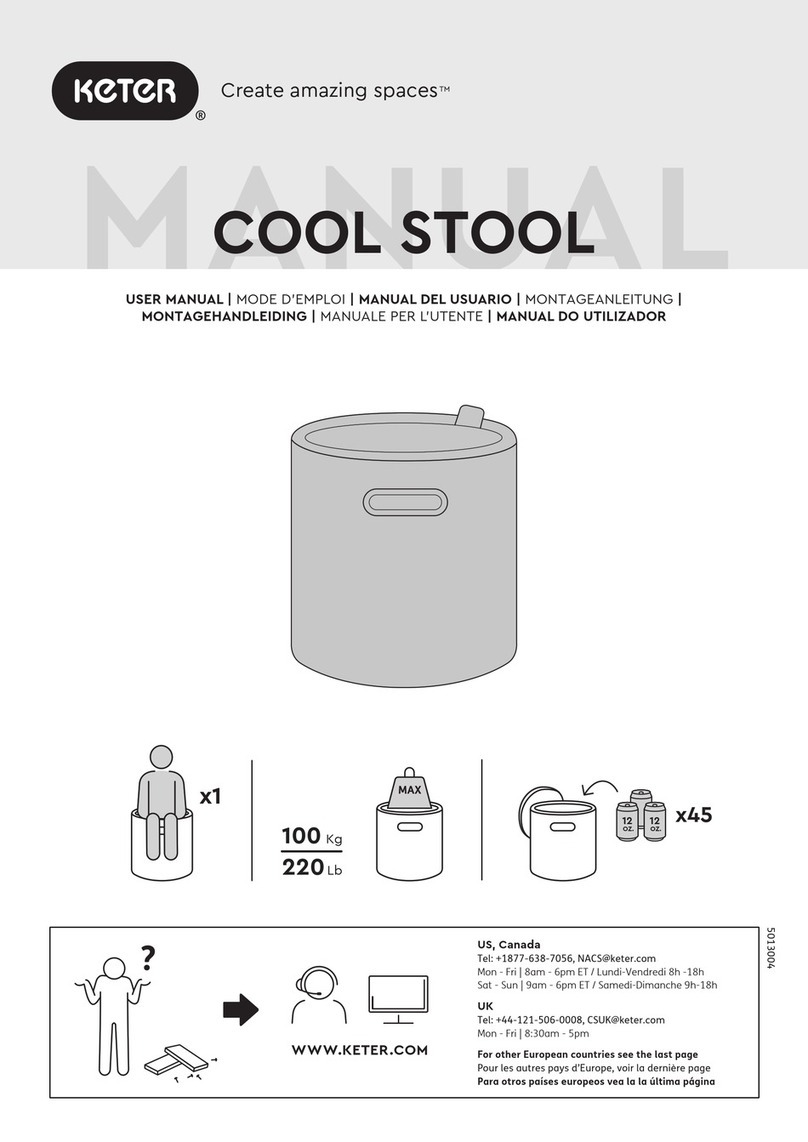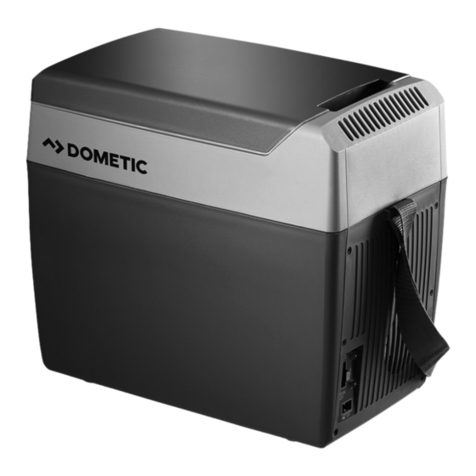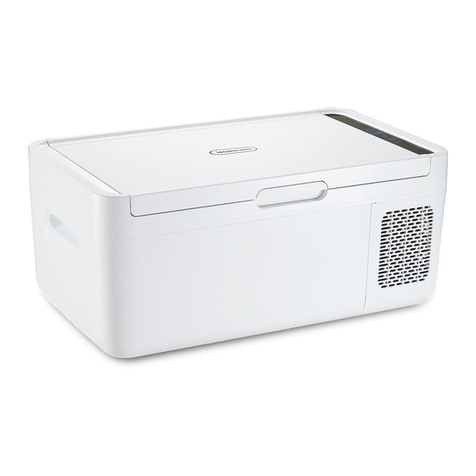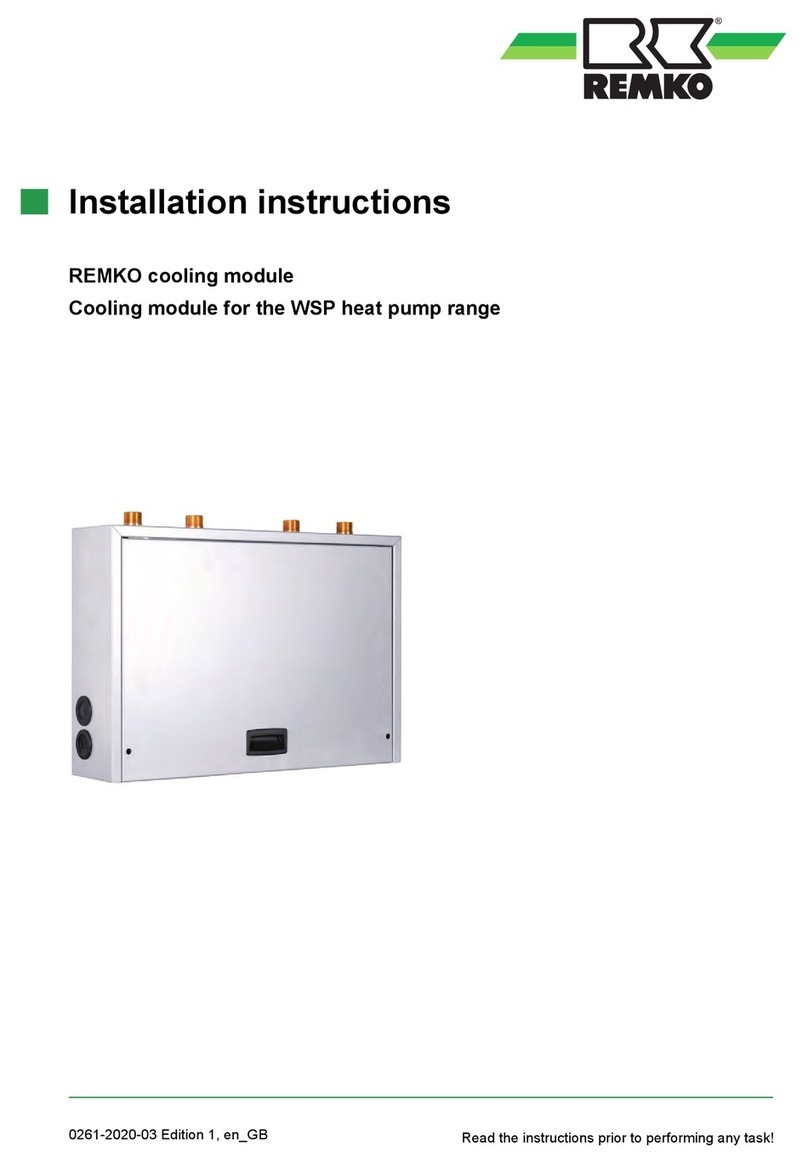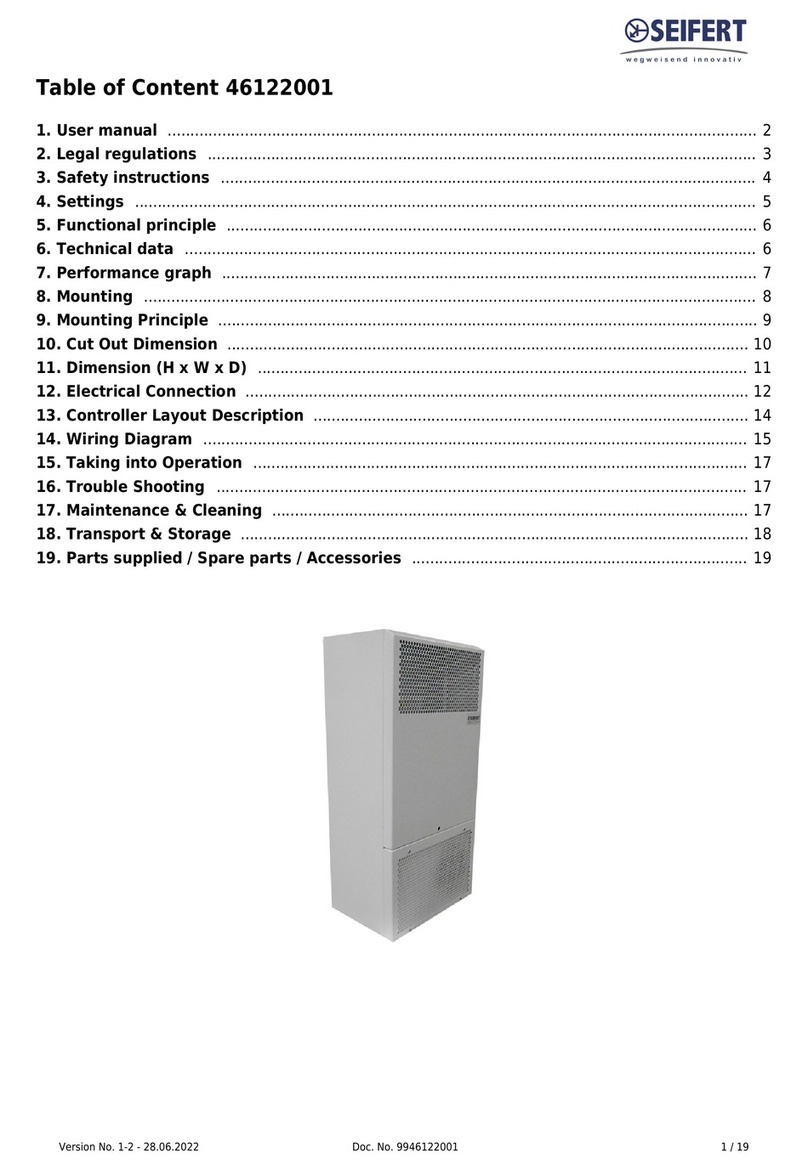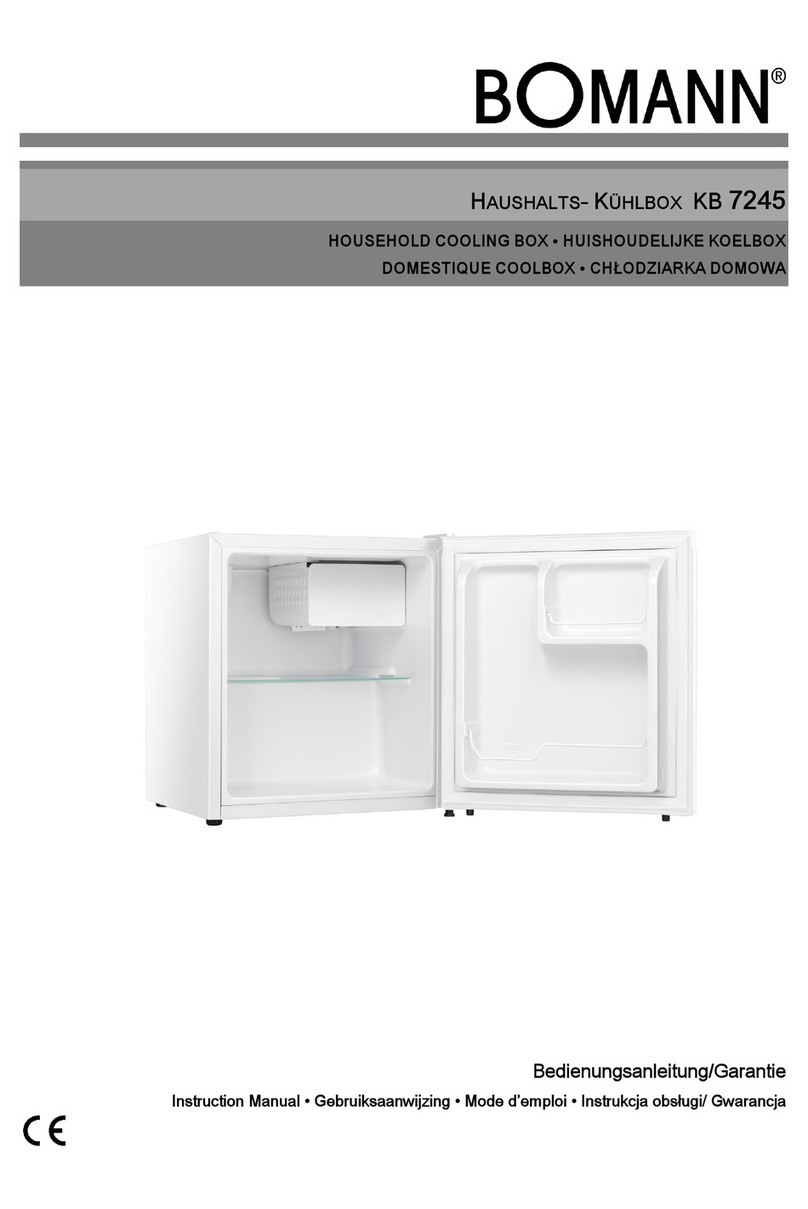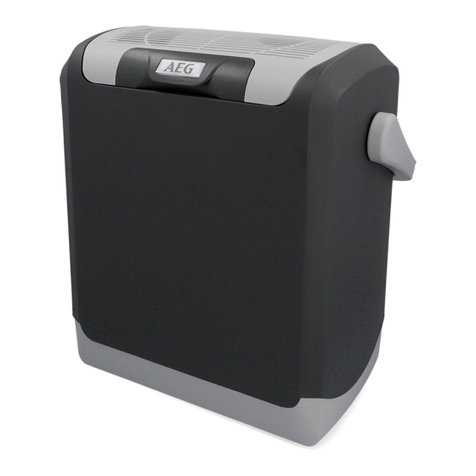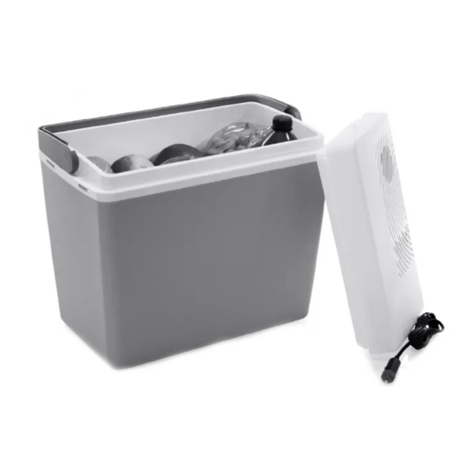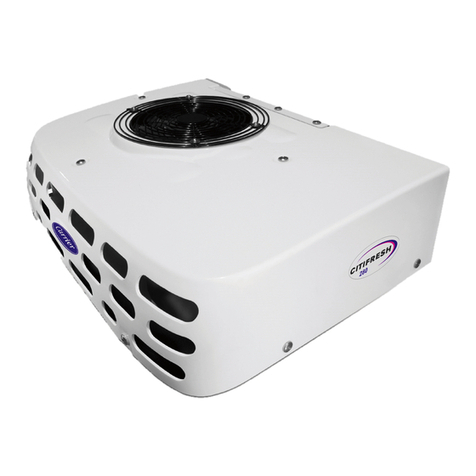
3
overview
This User Manual as well as those offered separately on motors, fans,
Geareducer, couplings, drive shafts, float valves, pumps, etc., are intended to
assure that this cooling tower serves you properly for the maximum possible
time. Since product warrantability may well depend upon your actions, please
read this User Manual thoroughly prior to operation.
This User Manual provides information regarding general cooling tower instal-
lation and operation. Any deviation from, change or modification to, the User
Manual, the original design conditions or the original intended use of the
equipment may result in improper installation and/or operation of the tower.
Any such deviation, change or modification shall be the responsibility of
the party or parties making such deviation, change or modification. SPX
Cooling Technologies, Inc. expressly disclaims all liability for any such deviation,
change or modification. The equipment shall be warranted in accordance with
the applicable SPX Cooling Technologies Certification of Limited Warranty.
If you have questions about the operation and/or maintenance of this cool-
ing tower, and you don’t find the answers in this manual, please contact your
Marley sales representative. When writing for information, or when ordering
parts, please include the serial number shown on the cooling tower nameplate.
Safety First
The location and orientation of the cooling tower can affect the safety of those
responsible for installing, operating or maintaining the tower. However, since
SPX Cooling Technologies does not determine the location or orientation of
the tower, we cannot be responsible for addressing those safety issues that
are affected by the tower’s location or orientation.
Tower Shipment
NC Fiberglass towers ship by truck unassembled. Responsibility for the
condition of the tower upon its arrival belongs to the shipper—as does the
coordination of multiple shipments, if required. Refer to the NC Fiberglass
Assembly Manual for instructions.
Receiving Tower
Prior to assembly, inspect the shipment for evidence of damage in transit. If
damage is apparent, note the freight bill accordingly. This will support your
future recovery claim.
Find and remove the installation instructions and bills of material. This informa-
tion should be kept for future reference and maintenance purposes.

